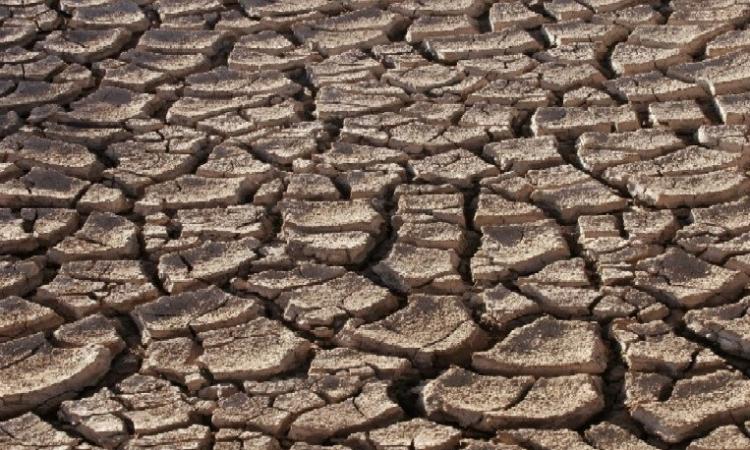
Climate change has been predicted to create increasing risks for the agricultural sector thus inversely affecting agricultural production and farm incomes in India. These risks have already manifested in the form of increasing intensity and extent of droughts, floods, temperature rise and fall, and other calamities in the country.
Impact of changes in rainfall patterns on agricultural production
The paper titled 'Projected effect of droughts on supply, demand, and prices of crops in India' published in the Economic and Political Weekly, informs that India has been experiencing acute changes in rainfall patterns in the last few years. Analysis reveals that the frequency of extreme rainfall has increased over time during the southwest monsoon, which is accompanied by a decreasing trend in smaller rainfall events.
This has had a tremendous impact on agricultural production in India. For example, foodgrain production in 2012 was estimated to be 10 million tonnes short because of deficient and delayed rainfall. There were significant shortfalls in agricultural production due to deficit rainfall in 1998, 2002 and 2009 as well.
The paper argues that the projected increase in droughts and floods in the years to come could result in greater instability in food production and threats to the livelihood security of farmers, especially smallholders.
Study: The impact of rainfall patterns on demand and supply in agriculture
To meet the future demand for agricultural commodities, it is important to know about past and future climatic trends and assess their implications on agricultural production. The paper presents the findings of a study that attempted to estimate the effect of rainfall on the supply and demand sides of agricultural commodities, and their implications for prices. The study aimed at:
- analysing area and yield responses to rainfall for principal rainy season crops in India,
- building supply, demand, and price models and analysing the potential effect of rainfall intensity and distribution on supply, demand, and prices of selected agricultural commodities in the past and future, and
- projecting supply of, and demand for selected agricultural commodities in India until 2030 under different rainfall scenarios.
Findings of the study
The study found that:
- drought during the monsoon period decreases production, which in turn, increases the prices of agricultural commodities and affects their demand;
- in a free market situation, farmers will benefit from higher prices but consumers will be badly hit, and demand will thus come down; and
- benefits of higher prices are not passed on to the majority of farmers, especially smallholders, but are seized by middlemen or traders. Thus, both smallholder farmers and poor consumers are affected by a drought.
The study concluded that:
- government intervention would be important to ensure the food and nutritional security of poor consumers and smallholders;
- technological interventions will be necessary to offset the effects of drought; and
- more research effort on alternative coping mechanisms and investment in them will be necessary to protect the poor from the effects of drought.
Please download a copy of the paper below.
/articles/predicted-impacts-droughts-agriculture-and-food-production